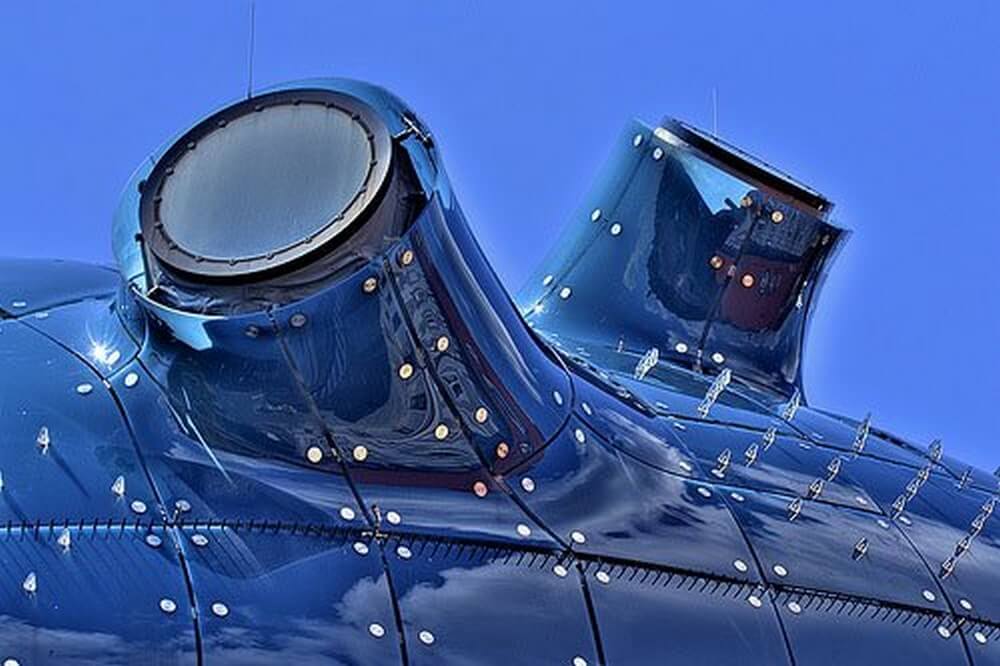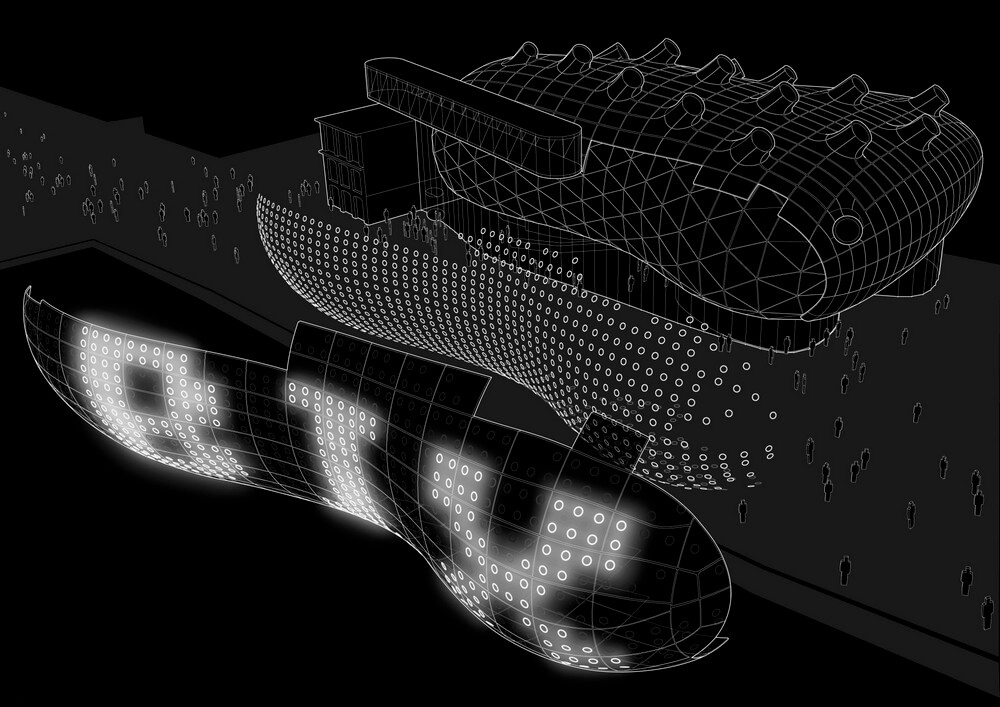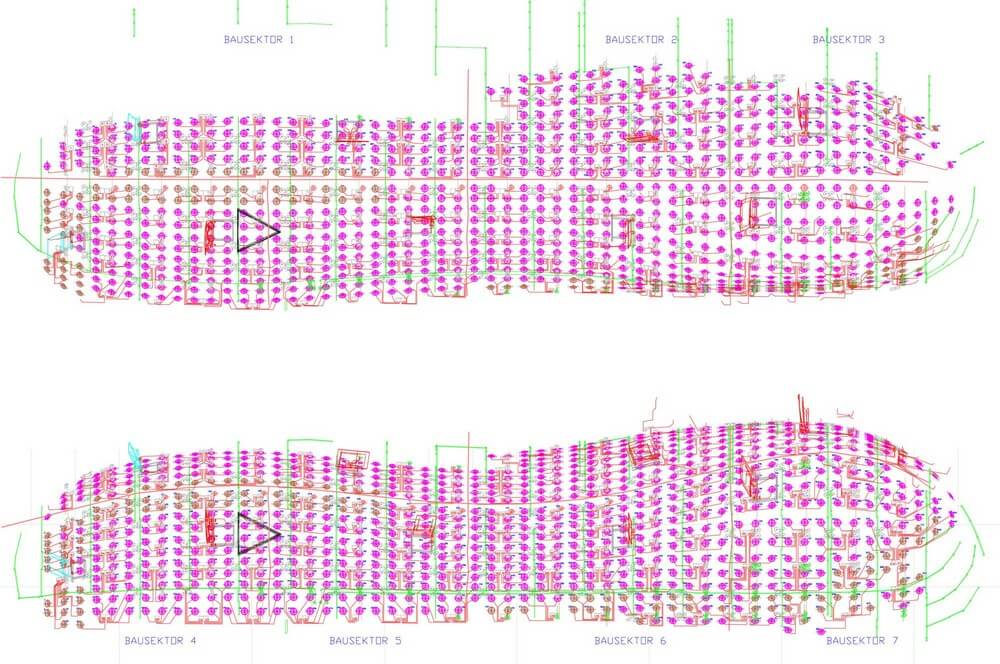Bix Display Skin
Affectionately named The Friendly Alien, by its designers Peter Cook and Colin Fournier, the Knusthaus Graz was built for the European Cultural Capital 2003 activities in Graz, Austria. Since the time of its construction, the biomorphous building has become a main attraction for art lovers and the culturally minded from all over the world, while also becoming an essential landmark in the urban identity of the city of Graz. This project demonstrates an impressive synthesis of innovative design language with the historic setting of the urban district along the Mur.

As an exhibition center for contemporary art, the building exhibits Austrian and international art from 1960 onwards. The new Kunsthaus Graz acts as an interface between past and future, creating a productive tension between tradition and avant-garde. Despite it’s out of place appearance amongst the surrounding baroque landscape, the building itself was well received and has found its place within the city as being a gift for the future.

Functionally and technically, the building meets the most up-to-date requirements on the international loan circuit. Within the building there is 11,100 square meters of useable space designed specifically to present and procure contemporary art productions. It is a multi-disciplinary venue for exhibitions, events, and other means of presenting contemporary art, new media and photography, with a generous delivery area, depots, and workshops, and modern lighting and security systems to ensure the professional handling of exhibition projects. There is also an innovative and cost-effective air-conditioning system that meets all the demands of the most important art owners.

While the building’s interior is meant to inspire its curators as a black box of hidden tricks, its outer skin is a media façade which can be changed electronically. Its BIX media façade was designed by realities:united and constitutes a unique fusion of architecture and media technology that transforms the plexi-glass building into a large screen in the middle of the city. Not only does the Kunsthaus Graz allow a place for the exhibition of art, but with its blob like form and unique façade, it becomes an instrument of art communication, and a contemporary piece of Austrian art itself.

The idea of the media installation BIX arose out of considerations on how to equip the interior of the Kunsthaus in Graz with media. BIX was created as an additional feature at a time when overall planning of the building had already reached an advanced stage. In addition to the late date and technical complexity of the project, it was also a challenge to integrate an architectural concept of foreign authorship into the expressive building.

It received approval from the client and the architects because it was based on the architect’s original ideas for the sleek, blue, shimmering façade: Constructed from about 1,300 individually shaped, translucent Plexiglas panels covering the biomorphic building, the so-called skin was intended to feature different nuances of transparency, which would have created varying communicative relationships between interior and exterior. For both technical and budgetary reasons, the skin’s physical transparency had to be abandoned, degrading the material’s transparency into mere decoration.

BIX consists of a matrix of 930 conventional circular fluorescent light tubes integrated into 900 square meters of the Plexiglas façade on the east side of the Kunsthaus. The individual, continuous adjustability of the lamps’ brightness with a frequency of 18 frames per second makes it possible to display images, films, and animations.

During the development of BIX, key performance features of conventional large-scale displays were radically abandoned in exchange for a number of substantial advantages. The resolution of the matrix is extremely low. There are only 930 pixels—a mere 0.2% of the pixels found in a conventional TV screen—and they are monochrome.







































Comments